
Children tend to catch colds more than once a year, and these colds are oftentimes accompanied by diarrhea, fever, weakness and, of course, a bothersome cough that makes it difficult for them to fall asleep and sometimes cause severe pain. This is mostly due to viruses, and although a cough usually passes after a short period of time, we all want to help our children and ease the symptom as much as possible. In the next article, you can learn about the 7 most common types of coughs in children and how you can help them overcome each of them. In any case, where you see that the cough isn’t going away, make an appointment to see your pediatrician. However, thanks to these treatments and advice, you might never reach that point...
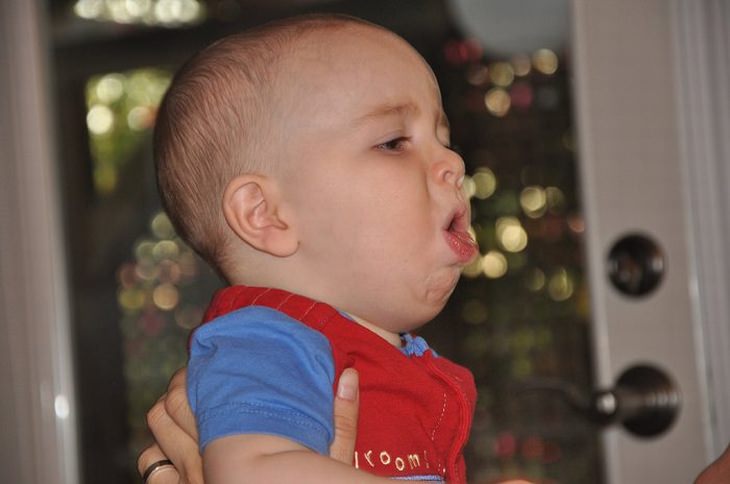
Your child went to sleep with a stuffy nose but has been sleeping peacefully for several hours. Suddenly you hear a bark-like sound, and when you go in to check on your child you see them coughing and trying to catch their breath.
What’s the reason?
A barking cough is a phenomenon usually accompanied by hoarseness, a cold, and lack of appetite. The cough is a symptom of a viral disease called laryngitis that causes inflammation in the vocal and tracheal cavity, affecting children aged 6 months to 6 years. Usually, the cough improves during the day and gets worse during the night.
How to treat it
Several things can be done to treat a barking-cough:
When to see a doctor
Call immediately for urgent medical help if the child is struggling to breathe, has difficulty speaking or swallowing saliva, or if the cough causes seizures lasting longer than 5 minutes.
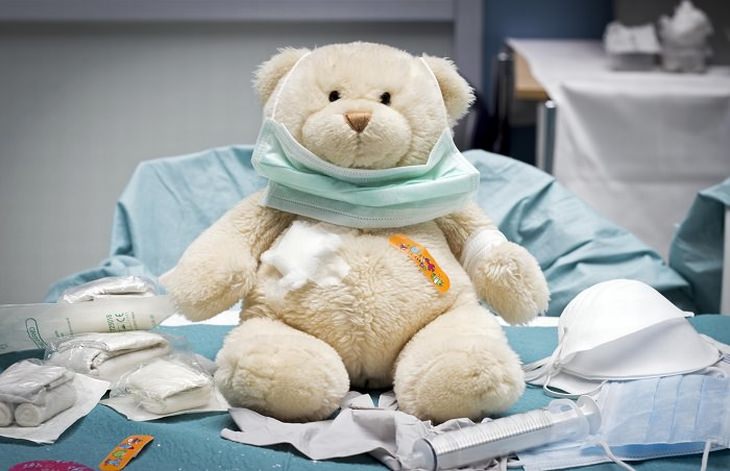
This type of cough is easy to identify because it is a wet cough that sounds heavy and moist. It lasts longer than the dry cough we all know and is accompanied by a runny nose, sore throat, watery eyes and lack of appetite.
What’s the reason?
A phlegmy cough is usually the result of a cold and can last from several days to several weeks, depending on the severity of the cold and the nature of the treatment.
How to treat it
Since this cough is caused by viruses, antibiotics won’t help. Here are the things you should do:
When to see a doctor
If the cough is accompanied by green nasal mucus or fever, go to the doctor to rule out the child developing a bacterial infection in the sinuses.

The next cough sticks around for a while, sometimes during the fall or winter, and worsens every time the child performs a certain activity that exerts the body or when exposed to cold air.
What is the reason?
If you have a dry cough that lasts for many weeks and gets worse in the above cases, you should consult a doctor to make sure your child doesn’t have asthma. Although many parents tend to think that wheezing is the main sign of asthma, an unceasing dry night cough can be the only symptom of asthma in some children.
How to treat it
In case of a dry cough that doesn’t go away or is accompanied by coughing attacks that make it difficult for the child to function, it is important to see a doctor. If asthma is suspected, lung function tests will be performed and medications given to ease coughing attacks will be considered.
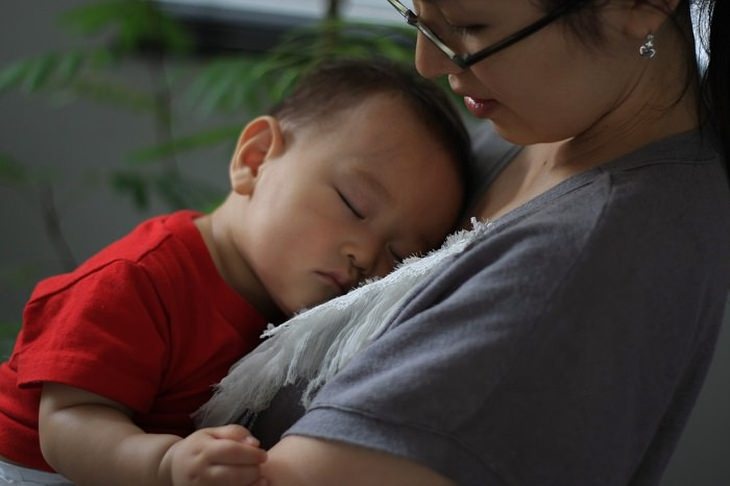
The child is less active, they play less or get tired very quickly, and sometimes they suffer from a cough which is weak and husky as well as fever, muscle pain, and a runny nose.
What’s the reason?
In this case, it is probably the flu attacking the respiratory system. Among children, the flu has a long incubation period, so they can walk around with the virus for a few days before symptoms are actually seen, and infect friends and family.
How to treat it
In addition to the appropriate treatment for fever reduction, depending on the age of the child, there are several additional things that are important and can be done to treat the cough:
When to see a doctor
Check with your doctor if your child has a fever that is over 100 degrees Fahrenheit which isn’t lowered by fever-reducing medication, if their mouth or tongue is dry, if they refuse to eat, or if their mucus appears in green hues.
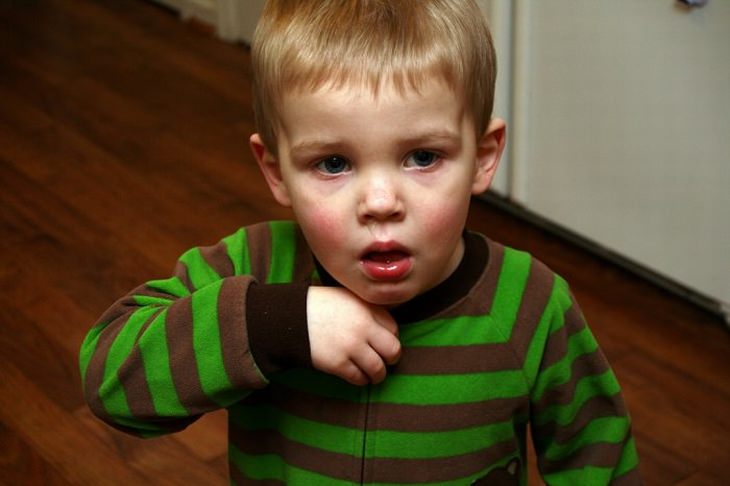
In many babies, a wheezing cough may occur, accompanied by faster breathing, irritability, and impatience.
What’s the reason?
The phenomenon of wheezing in infants, which occurs most often in the autumn and winter seasons, doesn’t always mean pneumonia as some parents might think. At young ages, it can be due to inflammation or infection of the respiratory tract. When it swells and fill with mucus, it makes it difficult for babies to breathe.
How to treat it
This is an uncomfortable situation, but it passes quite easily with proper medical care. See a doctor who can diagnose the problem and rule out other problems with a physical exam, and be sure to give enough fluids to prevent dehydration.
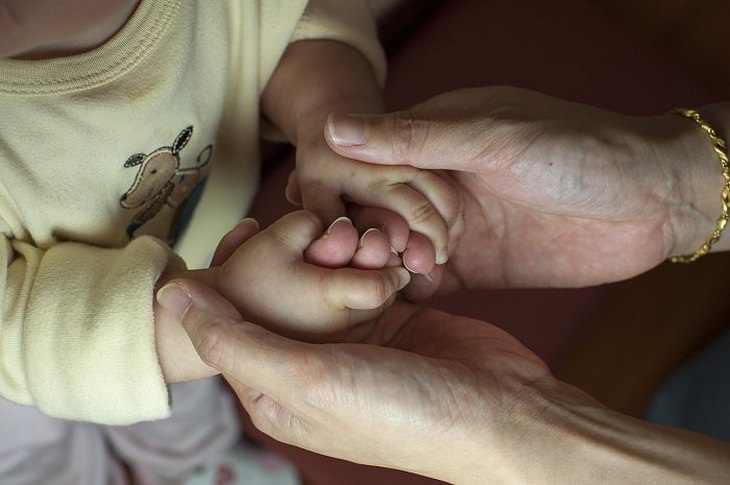
These attacks occur after a cold, leading to a child coughing more than 20 times in one breath. Between coughs, the child may seem to have a hard time breathing, their face may redden, and their breathing is accompanied by wheezing. In babies, the lips may become slightly purple.
What’s the reason?
In some cases, the combination of these symptoms may suggest pertussis, or whooping cough, which is an infectious disease caused by the bacteria Bordetella pertussis.
How to treat it
If you suspect pertussis, contact your doctor or emergency room immediately. Because this is a contagious disease, the infection will be treated with antibiotics and the doctor may also recommend that other children or adults at home take it as prophylaxis.
At the end of a cold, some children may experience increased and wet coughing, while their breathing becomes faster than usual. Some children may also complain of chest pain.
What’s the reason?
Pneumonia is one of the most common diseases among children and is caused by an infection caused by a bacteria or parasite that invades the lungs, creates an inflammatory reaction and causes them to fill up with fluid. The body's activity against inflammation helps it to heal but simultaneously creates swelling and fever symptoms.
How to treat it
If you notice that your child's cough is getting worse and is accompanied by a fever and that the child is suffering from shortness of breath or pain in the chest area, consult your doctor. Even if the diagnosis is pneumonia, in most cases there is no cause for concern, since it is a disease with a usually quick and uncomplicated recovery time. In cases where the cause of the infection is a bacterium, the child will receive antibiotic treatment, whereas, in the case of a virus, the cough will pass on its own itself. Only in rare cases where respiratory distress is caused, the disease may require hospitalization and medical follow-up.
A supplementary treatment of the disease can be given after consulting with your doctor. Cough medication is usually not used in cases of pneumonia, as coughing has an important role in removing respiratory tract infections. If it is a particularly severe cough that interferes with breathing, your doctor may recommend medication that will relieve the cough slightly to improve the overall feeling.
image source: Ryan Boren, Christiaan Triebert, Toshimasa Ishibashi, anjanettew